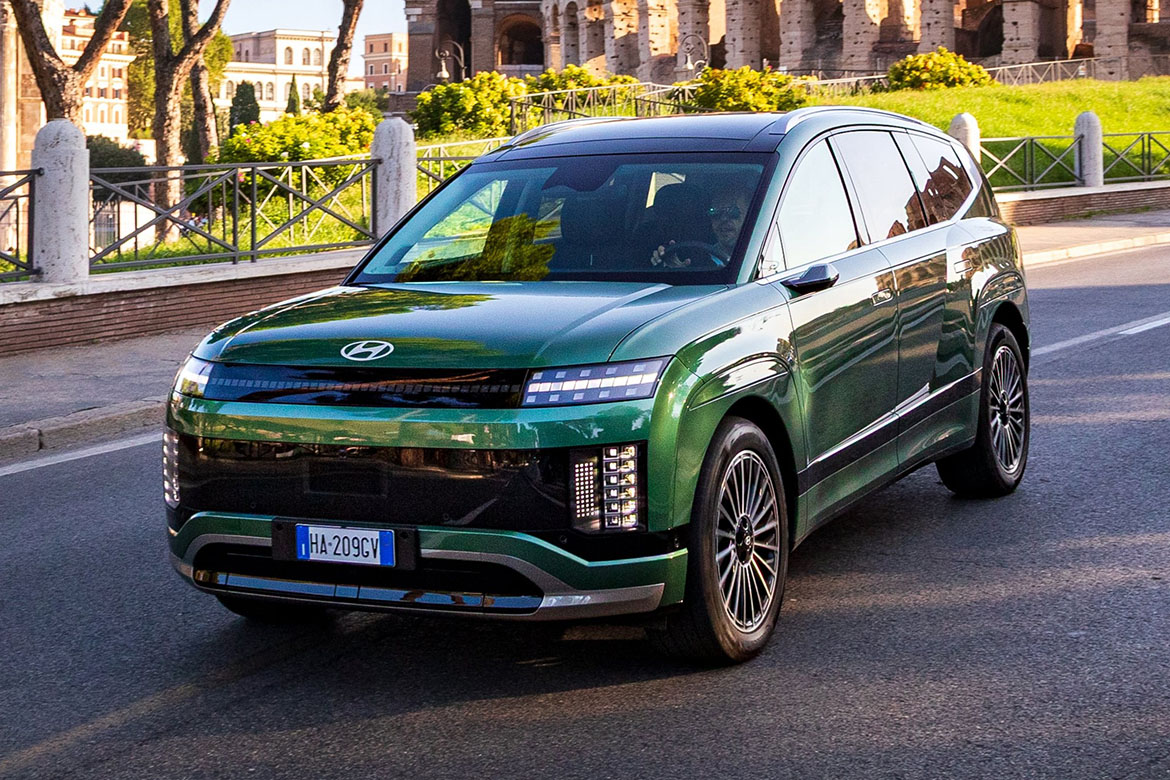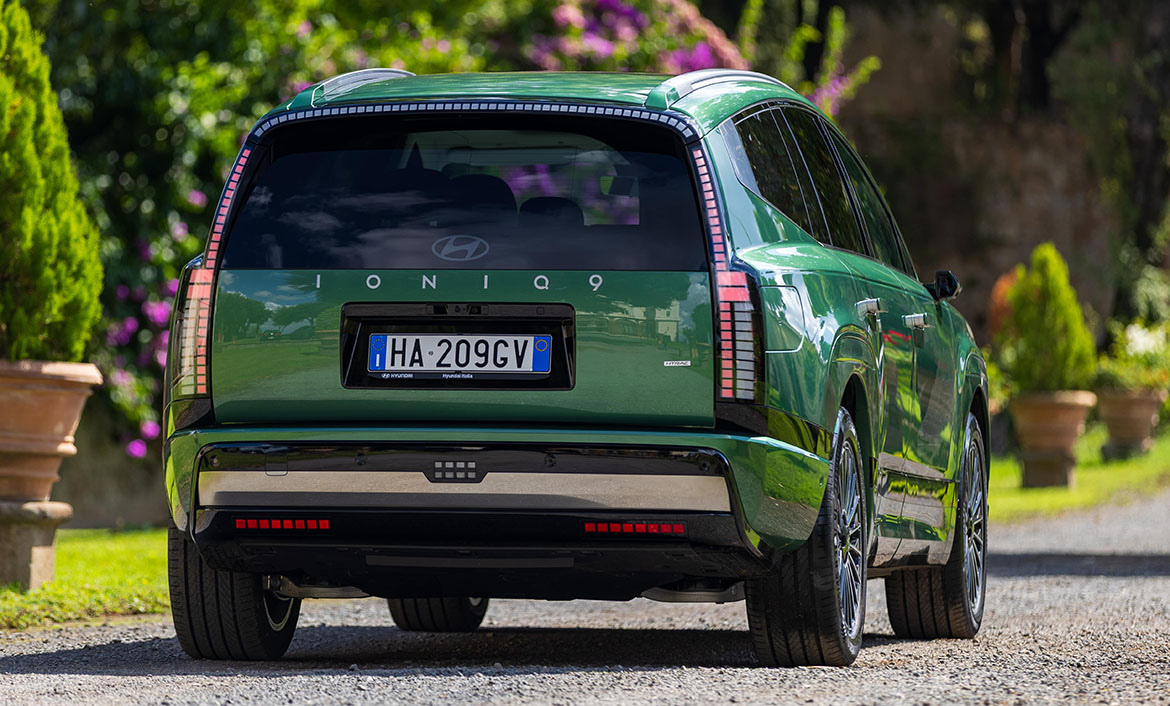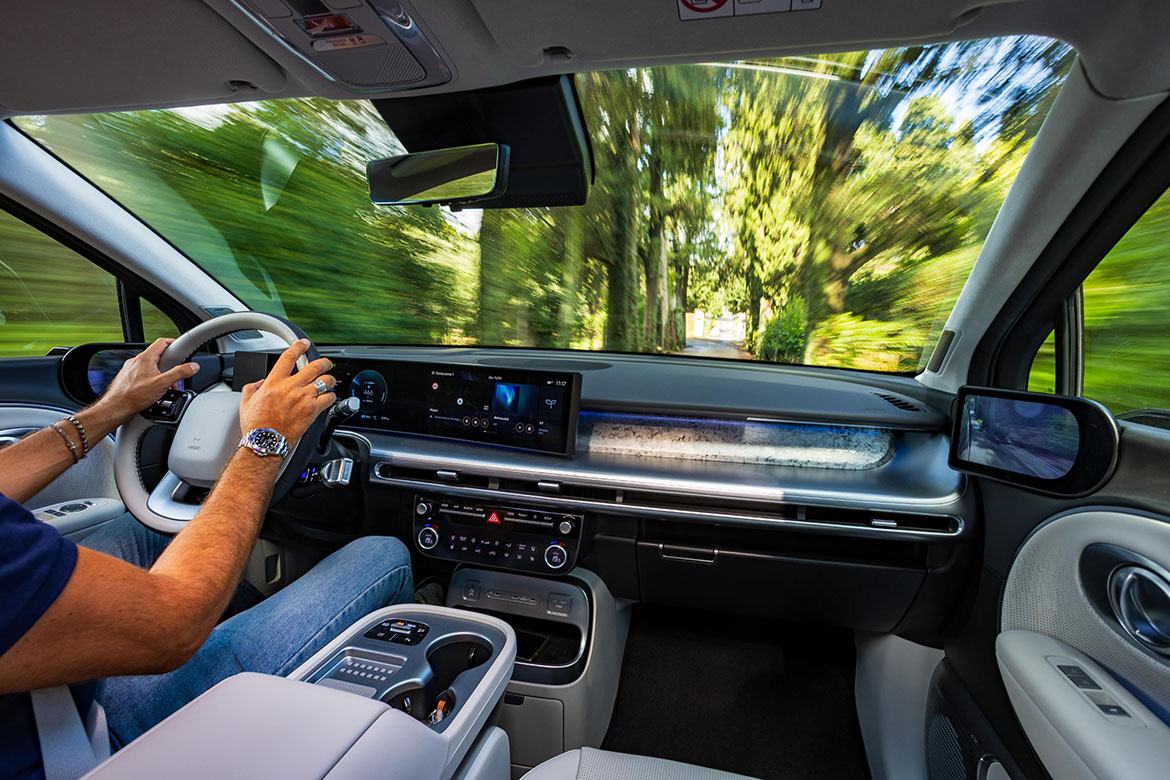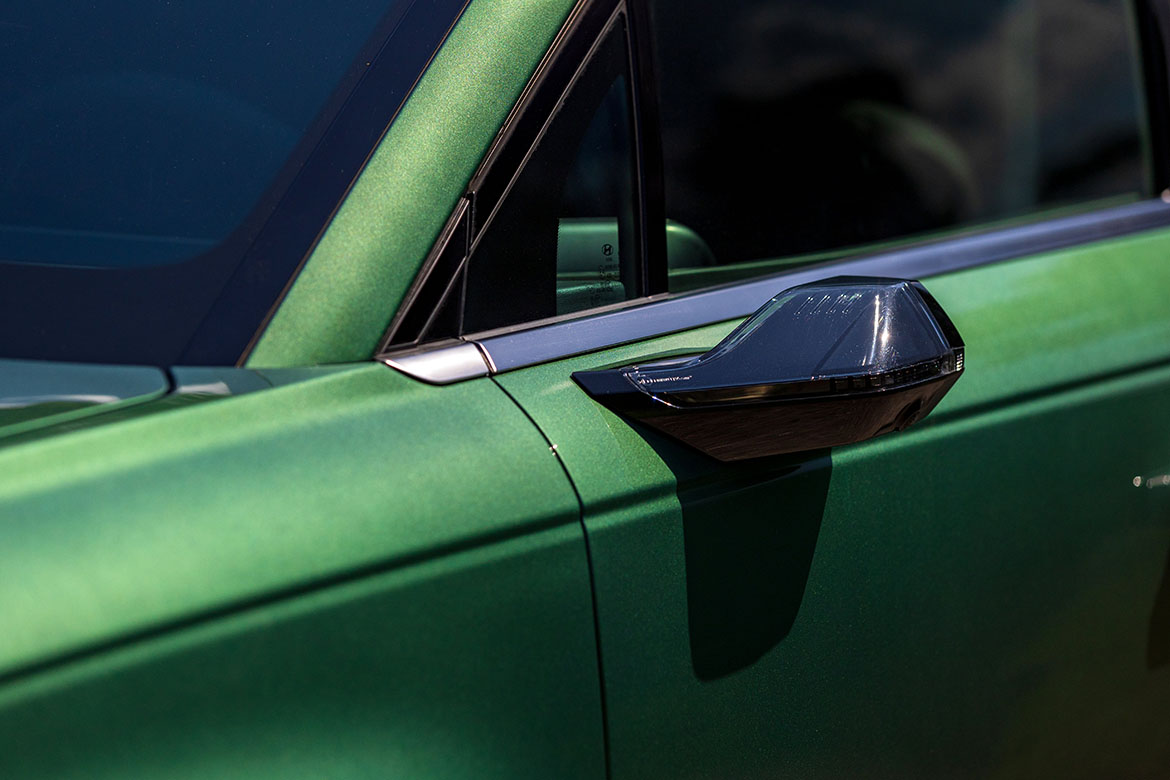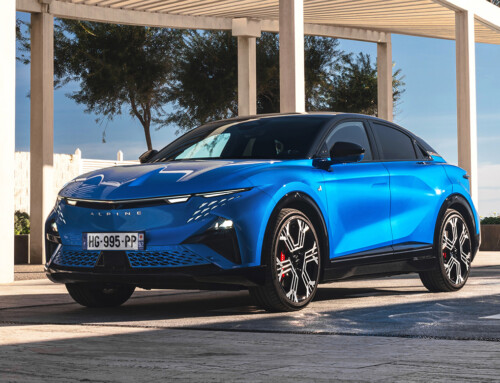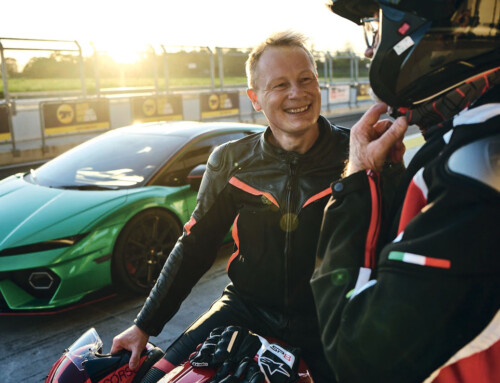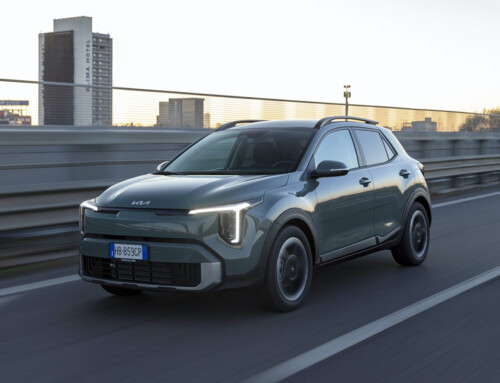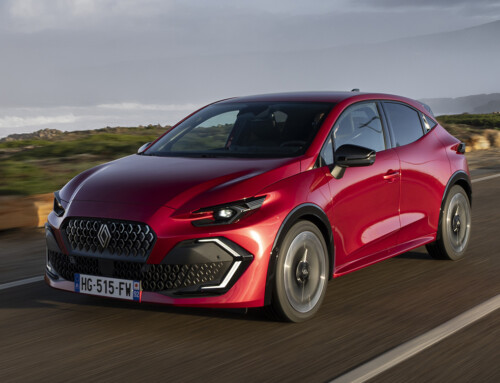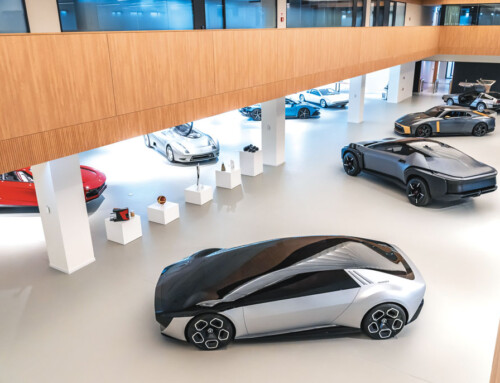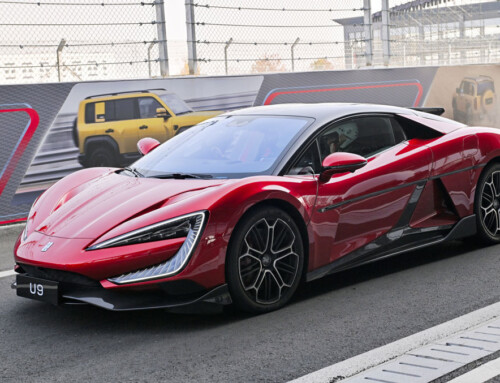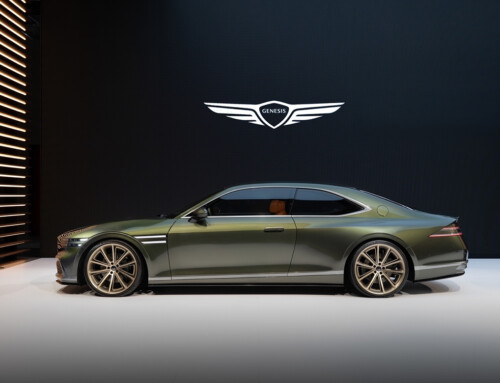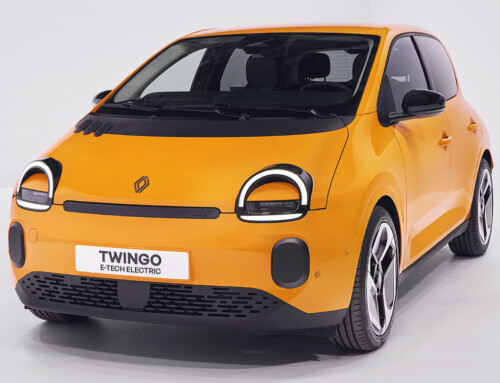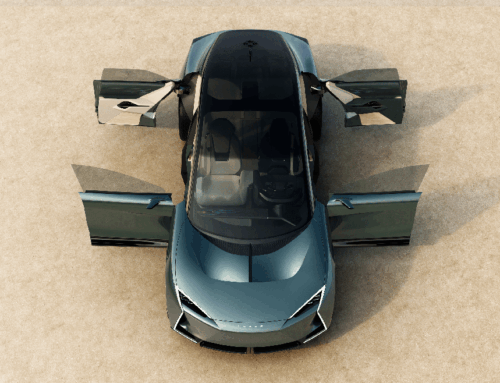With the Ioniq 9, Hyundai takes a step forward in defining its own stylistic language, inaugurating a new interpretation of the “Aerosthetic” philosophy. It is not just about aerodynamic research, but a design approach in which surfaces and proportions are created to interact with the air, translating function into aesthetics. The large Korean electric SUV, available in six- or seven-seat configurations, has a drag coefficient of 0.259, an impressive figure for a vehicle of this size. The result is the fruit of precise flow management: the fluid, tapered silhouette, the active dual-motion front deflectors, the faired underbody, and the attention to every bodywork connection contribute to a clean and consistent profile.
The soft, sloping roofline defines the car’s personality more than any other element. The overall shape tends to compress the volumes towards the rear, giving a feeling of dynamism even when the car is stationary. The front end, dominated by the Parametric Pixels typical of the Ioniq family, is free of excess: taut surfaces, minimal joints, LED headlights integrated into a continuous light strip. It is an interpretation of digital minimalism that replaces the complexity of details with the precision of geometry. The rear, inspired by the nautical world, maintains the same formal rigor. The horizontal strip of full LED rear lights emphasizes the width and contributes to the visual cleanliness of the whole. The surfaces of the fenders, sculpted but never exuberant, convey robustness without sacrificing overall balance.
The interior echoes the principles of the exterior design, transforming them into a rational and bright environment. The elliptical lines create visual continuity between the dashboard, doors, and seats, creating an enveloping effect. The completely flat floor and modular seat configurations emphasize the flexibility of the space, while the panoramic roof amplifies the perception of airiness. The color palette favors light, relaxing tones, while soft-touch materials and satin inserts suggest a sense of comfort that is more visual than decorative. The sliding, multifunctional Universal Island 2.0 center console is one of the most interesting ergonomic features, as are unusual details such as the integrated UV-C sterilizer for personal items.
The digital interface is an integral part of the aesthetic language: the two 12.3-inch curved displays form a single horizontal element suspended above the dashboard. The steering wheel with integrated light pixels is a further sign of continuity between the design of the surfaces and that of the interaction. Everything contributes to creating a perception of visual simplicity, in stark contrast to the underlying technical complexity. The introduction of the AI Assistant and the Features on Demand system confirms the role of software as a new design element: digital functions become part of the design, updatable and customizable over time. As soon as you get behind the wheel, the first sensation is one of isolation from the outside world. The work on aerodynamics, so evident in the external proportions, translates into extraordinary acoustic cleanliness. There is no wind noise, no tire vibration: the cabin remains muffled, with an almost suspended quietness. This is aided by the high structural rigidity of the platform and the self-leveling suspension system, which precisely filters out bumps without becoming too soft.

